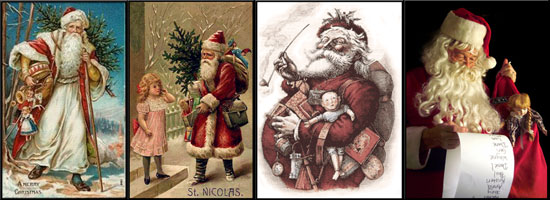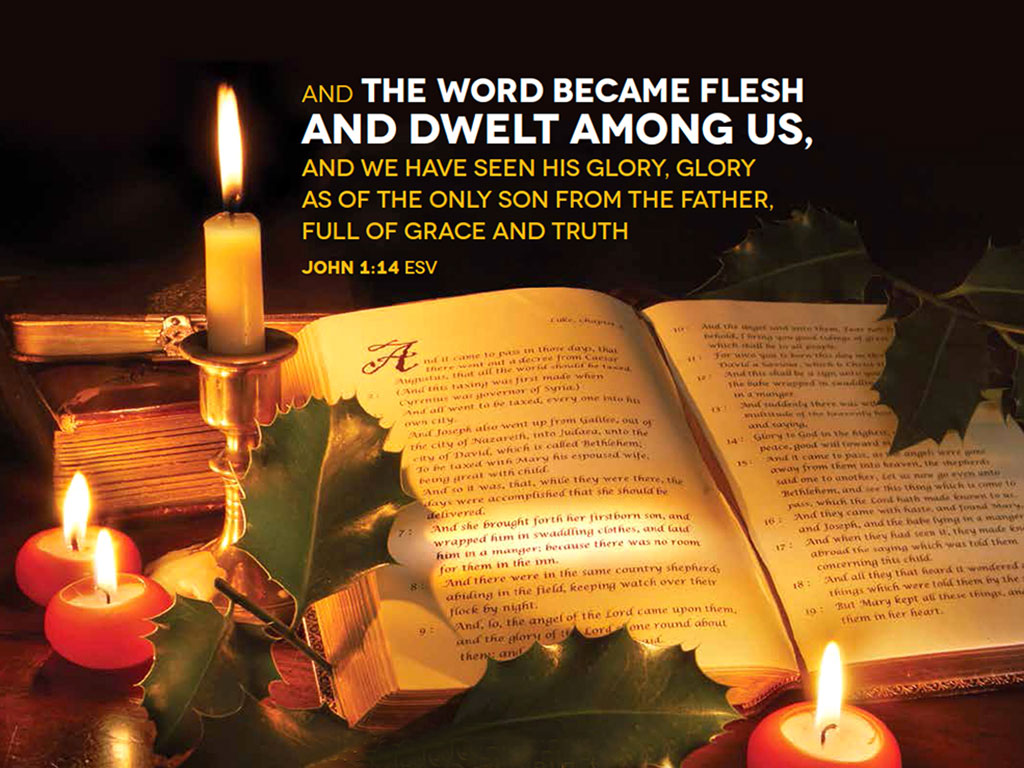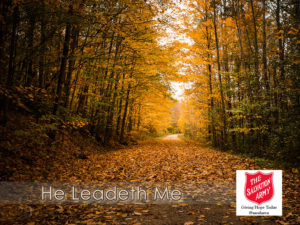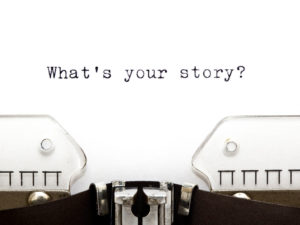The world is busy preparing for a holiday called Christmas. We receive gifts we would not ordinarily receive. We will enjoy time off work and school. Many will receive a Christmas bonus; all because Jesus had a birthday.
Many will receive a Christmas bonus; all because Jesus had a birthday. Share on XI invite you to revisit five traditions and customs of Christmas with me this year.
1. Gift Giving
 Some say this practice has its roots in the gifts offered by the Three Wise Men. But if that were true, would it not be Jesus who receives the gifts? It gets rather confusing when we call it His birthday, but we get the gifts. It is more likely that gift giving has its roots in the Roman festival of Saturnalia since one of the common customs of the Romans at this time was the giving of gifts to one another. The most common gifts were little idols reflecting the image of one of the Roman gods as well as candles and green wreaths.
Some say this practice has its roots in the gifts offered by the Three Wise Men. But if that were true, would it not be Jesus who receives the gifts? It gets rather confusing when we call it His birthday, but we get the gifts. It is more likely that gift giving has its roots in the Roman festival of Saturnalia since one of the common customs of the Romans at this time was the giving of gifts to one another. The most common gifts were little idols reflecting the image of one of the Roman gods as well as candles and green wreaths.
2. Mistletoe
 The custom of hanging mistletoe has its roots in the Druids of England and their worship of demonic and cultic powers. Apparently their worship included the gathering of sacred mistletoe for sacrifices. These sacrifices were made in the month of December and were geared towards friendship and peace. The priests would cut the mistletoe with their golden sickles and pass them around to the people. Following a sacrifice of two white oxen, the people took the mistletoe and hung it in their homes. If you met someone under the mistletoe you were to embrace immediately.
The custom of hanging mistletoe has its roots in the Druids of England and their worship of demonic and cultic powers. Apparently their worship included the gathering of sacred mistletoe for sacrifices. These sacrifices were made in the month of December and were geared towards friendship and peace. The priests would cut the mistletoe with their golden sickles and pass them around to the people. Following a sacrifice of two white oxen, the people took the mistletoe and hung it in their homes. If you met someone under the mistletoe you were to embrace immediately.
3. The Nativity Scene
 The manger scene was made popular by St. Francis in the thirteenth century. As you read the text you realize that the Wise Men “came into the house” not the stable. This means that the scene of the Wise Men around the manger is really not biblical. Most early Christian writers place the nativity during the winter solstice but many modern students will place it between the end of July and the end of October. The date was finally fixed by the Roman Church in the 4th century although there is sufficient reason to doubt that it actually happened at that time.
The manger scene was made popular by St. Francis in the thirteenth century. As you read the text you realize that the Wise Men “came into the house” not the stable. This means that the scene of the Wise Men around the manger is really not biblical. Most early Christian writers place the nativity during the winter solstice but many modern students will place it between the end of July and the end of October. The date was finally fixed by the Roman Church in the 4th century although there is sufficient reason to doubt that it actually happened at that time.
4. ST. NICHOLAS/SANTA CLAUS AND THE HANGING OF STOCKINGS
Father Christmas, as he is sometimes known in most parts of the world does appear to be based on a real person. St Nicholas was a white-bearded bishop of Asia Minor (Myrna, in modern-day Turkey) who was believed to come back to life on December 6. The Dutch called him St. Nicholas Sinterklass, hence his most popular name, Santa Claus. It was said that St. Nicholas was very shy and wanted to help the poor without calling attention to himself. One day he climbed the roof of a house and dropped a purse of money down the chimney. The purse landed in a stocking that a little girl had hung out to dry by the fire.

5. CHRISTMAS CARDS
 In 1846 a young man by the name of Sir Henry Cole, who owned his own art shop, created the concept of cards as a way of making money. The first known Christmas cards featured pictures of drinking scenes. Today most cards feature religious scenes or secular displays featuring Santa Claus.
In 1846 a young man by the name of Sir Henry Cole, who owned his own art shop, created the concept of cards as a way of making money. The first known Christmas cards featured pictures of drinking scenes. Today most cards feature religious scenes or secular displays featuring Santa Claus.
How biblical are these traditions and customs of Christmas? Not very! How does the Bible influence your Christmas?
How does the Bible influence your Christmas? Share on X



